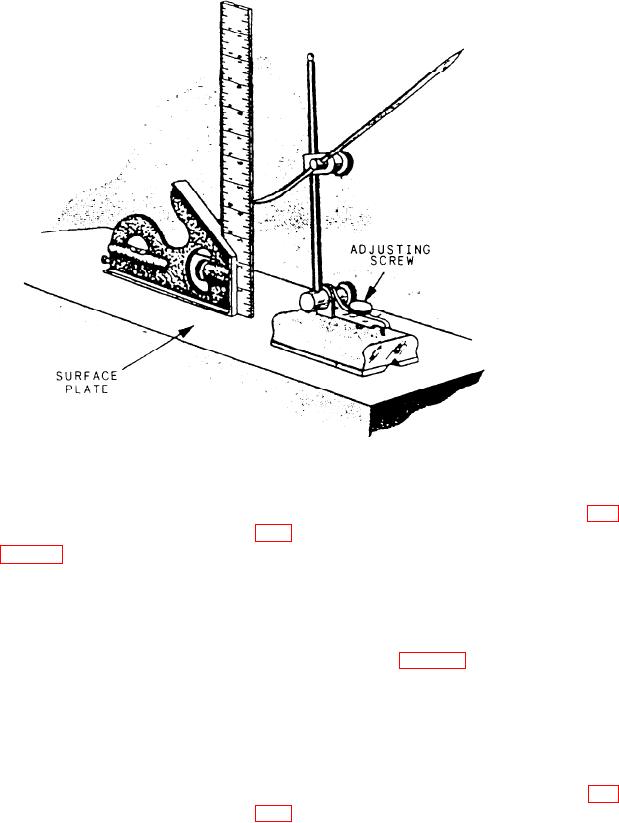
Figure 1-17.--Setting a dimension on a surface gauge.
RULES.--The steel rule with holder set (fig.
Surface Gauge
1-18, view A) is convenient for measuring recesses.
It has a long tubular handle with a split chuck for
A surface gauge (fig. 1- 17) is useful in gauging or
holding the ruled blade. The chuck can be adjusted by
measuring operations. It is used primarily in layout
and alignment work and it is used with a scribe to
a knurled nut at the top of the holder, allowing the rule
transfer dimensions and layout lines. In some cases a
to be set at various angles. The set has rules ranging
dial indicator is used with the surface gauge to check
from 1/4 to 1 inch in length.
trueness or alignment.
The angle rule (fig. 1-18, view B) is useful in
measuring small work mounted between centers on a
FIXED GAUGES
lathe. The long side of the rule (ungraduated) is
placed even with one shoulder of the work. The
Fixed gauges cannot be adjusted. Generally, they
graduated angle side of the rule can then be positioned
can be divided into two categories, graduated and
easily over the work.
nongraduated. The accuracy of your work, when you
use fixed gauges, will depend on your ability to
Another useful device is the keyseat rule (fig.
compare between the work and the gauge. For
1-18, view C). It has a straightedge and a 6-inch
example, a skilled machinist can take a dimension
machinist's-type rule arranged to form a right angle
accurately to within 0.005 of an inch or less using a
square. This rule and straightedge combination, when
common rule. Experience will increase your ability
to take accurate measurements.
applied to the surface of a cylindrical workpiece,
makes an excellent guide for drawing or scribing
layout lines parallel to the axis of the work. This
Graduated Gauges
device is very convenient when making keyseat
layouts on shafts.
Graduated gauges are direct reading gauges that
have scales inscribed on them, enabling you to take a
You must take care of your rules if you expect
reading while using the gauge. The gauges in this
them to give accurate measurements. Do not allow
group are rules, scales, thread gauges, center gauges,
them to become battered, covered with rust, or
feeler gauges, and radius gauges.
1-16

